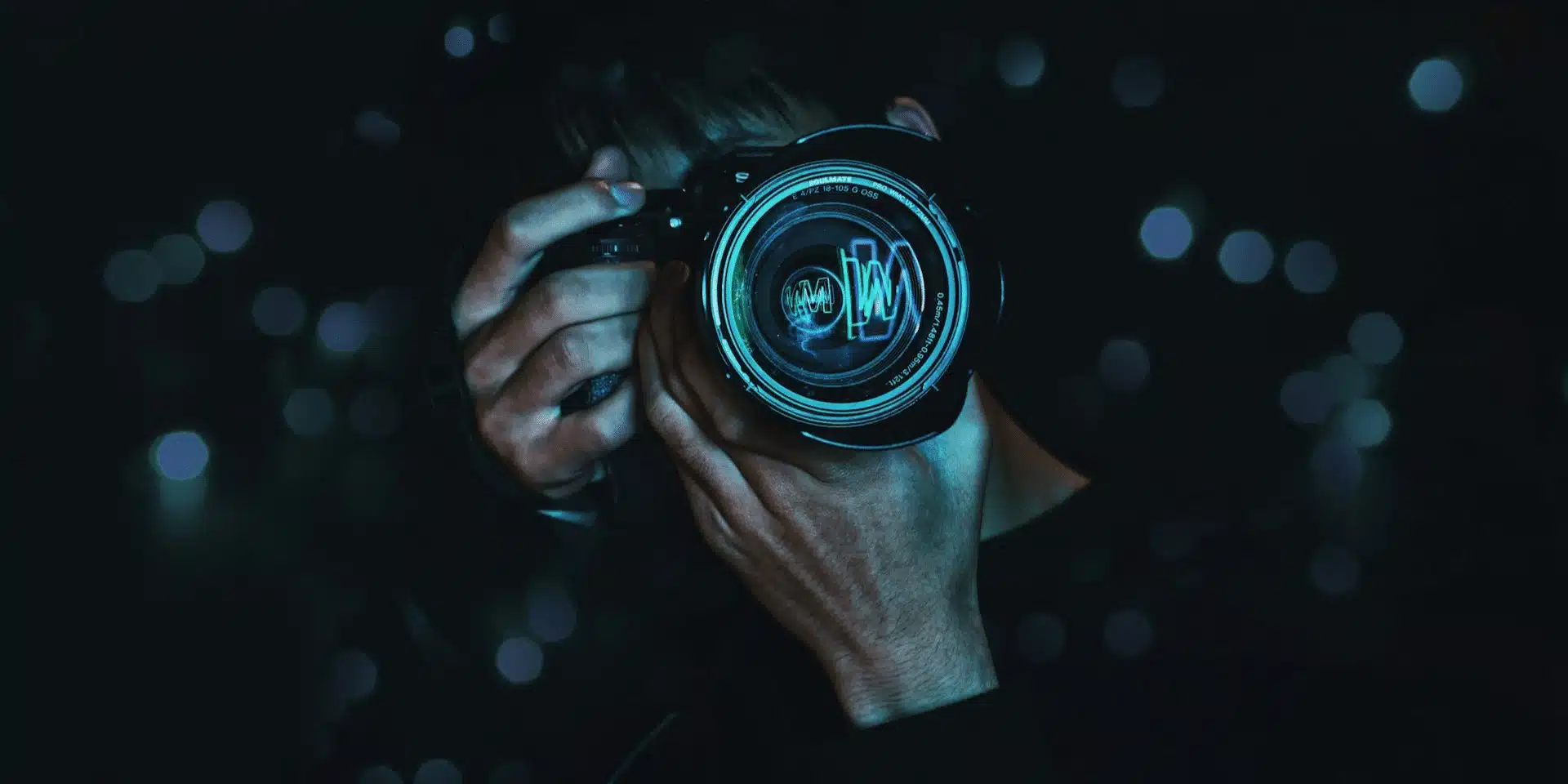One of the notable examples of impactful graphic design began in the mid-1970s with the first rainbow-colored Apple logo, which these days is a solid black illustration after having gone from red to translucent and from off-white to gray. The simple silhouette of a half-bitten generic apple is not exactly intriguing, but market research shows high recognition rates for the logo, and the bite is often associated with curiosity and interest.
In general, graphic design has considerable potential to impact customer perception of brands, organizations, products, services, and more. The correlation between perception and graphic design comes down to first impressions, visual communications, emotional connections, credibility, clarity, and identity. Read on to review these aspects of perception:
Graphic Design as a First Point of Contact
Think about how often your logo, website design, packaging, and marketing materials are the first points of contact with prospective and existing customers. When you have compelling and well-designed visuals, it is easier to create a positive first impression. Poor design, on the other hand, can leave a negative impression.
Communicating Through Design Elements
Graphic design has its universal language with an alphabet of colors, images, typography, and layouts, which are design elements you can use for communications. Similar to how business writers use elements of style to write press releases and product announcements, graphic artists use elements of design to convey tacit messages about a brand’s value, offerings, and even philosophy.
Fostering Emotional Connections
Want to evoke positive feelings that result in emotional responses? You can do it through graphic design. Trust, excitement, luxury, playfulness, and other emotions can be conveyed with the right visual elements. Seasoned business leaders know that establishing emotional connections with customers is a solid first step toward brand loyalty.
Brand Identity and Credibility
When you apply a consistent and well-designed visual language to your branding and promotion efforts, you give customers a natural opportunity to remember your brand. Consistency builds trust and underscores brand values; moreover, quality design reflects professionalism and attention to detail that are easy to remember. The subconscious effect prompts customers to perceive your brand as more credible and trustworthy.
Graphic Design Trends Brands and Businesses Should Know
Despite digital signage being on the rise, lettering and typography have been surging in recent years among brands that wish to stand out from the crowd. Current signs use bold, eye-catching fonts to grab attention. Other signage trends include using clean lines and negative space to get messages across.
Localization and cultural elements are being used more in graphic design. If you wish to resonate with specific cultures or regions, you have to use adequate design elements. Retro styling is a graphic design strategy that has been building momentum in recent years, and it is surprisingly effective among young adults.
There’s also a move towards animation and simple interactions that address shorter attention spans. Subtle animations and interactive elements can significantly boost engagement on websites and signage. The interaction can be as simple as a button that changes color or a sign enhanced with dynamic LED lighting that calls attention to a QR code.
Published by: Holy Minoza









